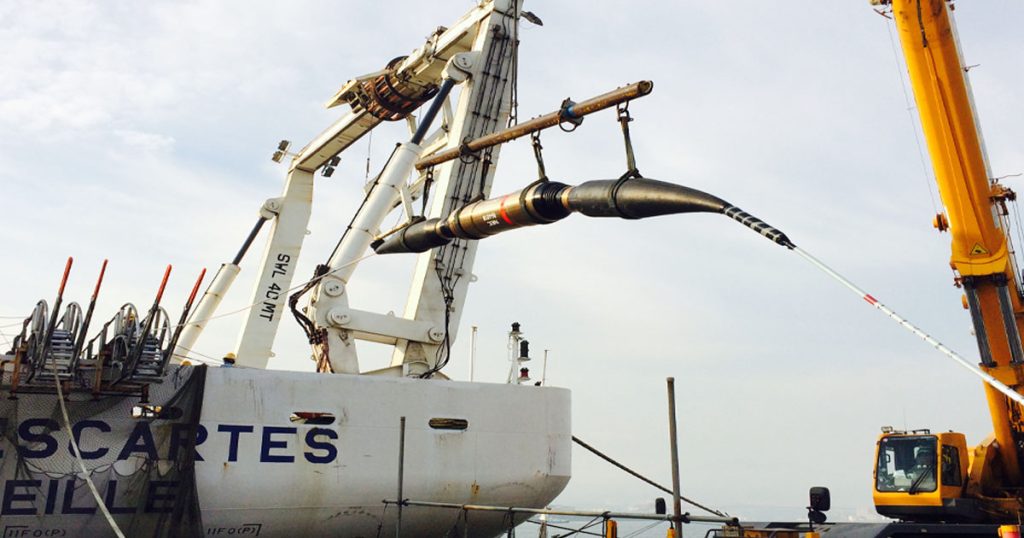As articles of subsea cable system installations become more prominent in news feeds, the focus tends to be on the route and installation. Knowing that there is a myriad of critical steps during the development, fabrication, and installation of a subsea cable, one that is not talked about often is that of the cable load, the reason probably due to the monotony of the process.
On long, trans-oceanic systems, cable loads may take a month or more. This is more than 30 consecutive days of a 24 hour, three-shift load process. The line may stop for shift changes, worker breaks, and special handling of heavy equipment (such as repeaters), but otherwise, thousands of kilometers of cable will travel over hundreds of metal rollers as they are transported from the factory tanks to the cable-laying vessel at the dock.
During these long days, there are many opportunities for damage to the cable and components, such as repeaters or branching units (BUs), and the process needs to be done under constant supervision from both the supplier and the purchaser. Even under all this supervision, additional monitoring precautions are taken, such as applying Impact sensors to large components, like repeaters. Great care needs to be taken to protect the sensitive internal components of these units, as damage may not reveal itself until many years after installation.
Even though cable systems have portions of heavily armored cable, in most subsea cable systems, and in particular those of thousands of kilometers, over 90% of the cable is classified as lightweight (LW): a cable with a diameter similar to that of a garden hose and with a thin layer of polyethylene protecting the internal metal components from the outside world. Any damage to this plastic would result in a shunt fault. Even though high-voltage capacity tests are run on the loaded cable, shunt faults tend to only reveal themselves once the fault hits the water and finds an alternate electrical path. At this point, a repair of the cable would cause delays and additional costs to the marine installation program.
These are only two of the many opportunities for system damage that occur during these weeks of loading. As new cable systems are manufactured and loaded, it is always good to remember that, as monotonous as the process may seem, the danger may be lurking at every turn of the load process.
